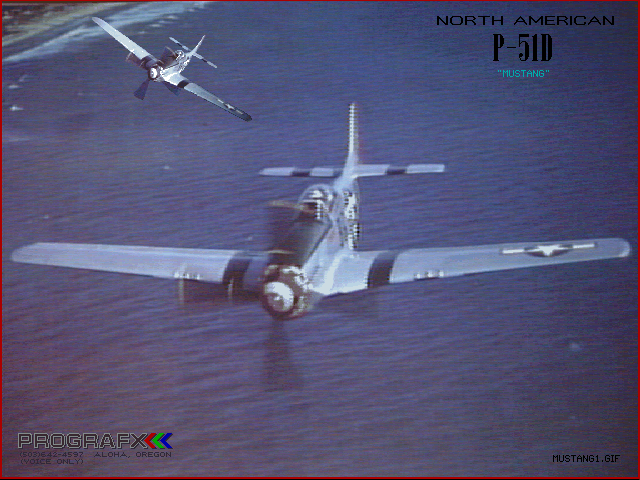WELCOME FROM E2C AND FLYINGMOM

Come Fly With Us To Our Favorite Places
|

|
|

This page has been visited bypilots and navigators of the internet!
flynmama@yahoo.com Cedar Rapids, IA United States

|
This website is a member of The Aero Ring, a linked list of aviation websites. To visit other sites in the ring, click on one of these links. [ Next Site | Skip Next | Next 5 | Previous | Skip Prev | Random ] Click Here for information on how to join the ring or look at a complete list of Aero Ring members. |